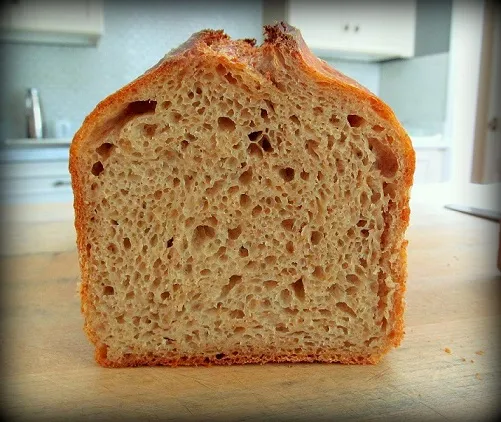Recent Bakes

I don't have anything too exciting or interesting coming out of my oven these days. I've been baking once a week just to make sure we have enough bread to feed ourselves for the week. My storage starter is still doing great. It's been in the refrigerator for 8 weeks (unfed) and amazingly there's no sign of mold. Only a tiny bit of clear hooch is developing. Every Thursday evening, I take about 6-8 g starter and feed it once (usually about 1:3:3 or 1:3:4). I build my levain Friday morning and let it ferment while I'm at work. I mix my dough Friday night and bake on Saturday.
- Log in or register to post comments
- 11 comments
- View post
- emkay's Blog









